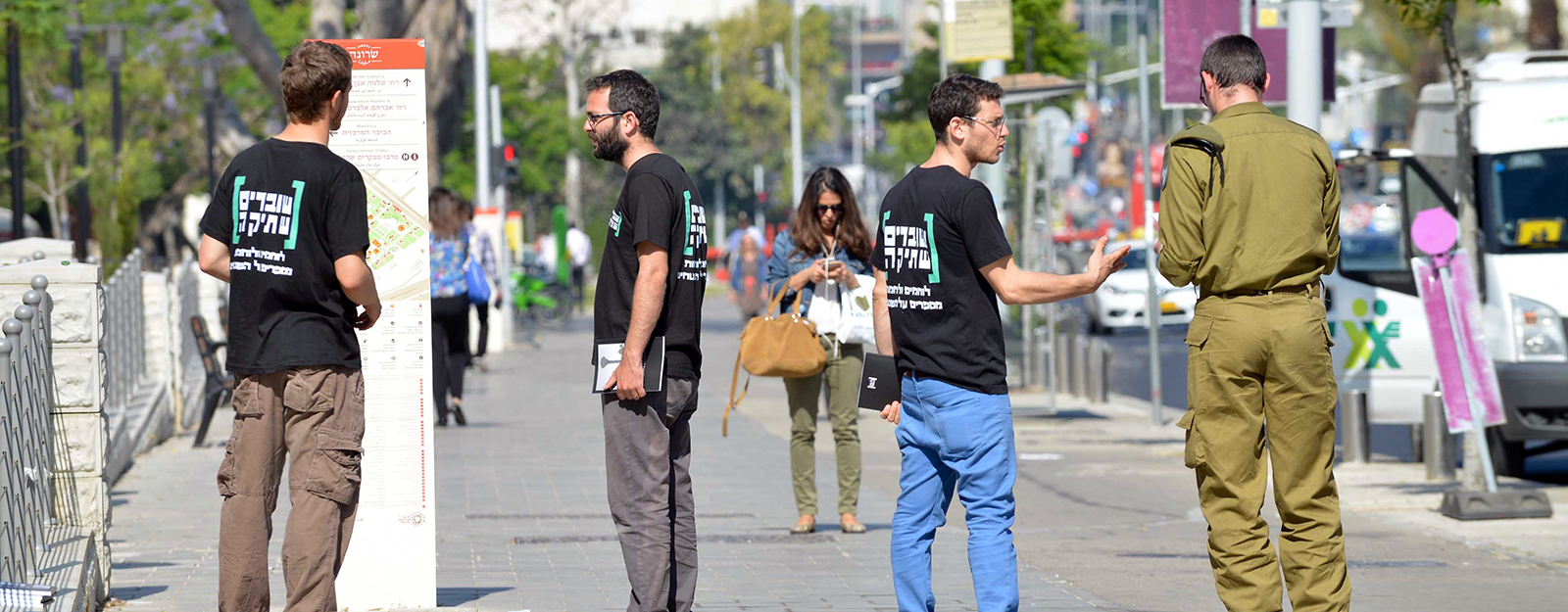The entire building? Yes. At the beginning [of the operation] they were really careful, they tried to do this with combat choppers, or guided missiles or all kinds of special forces. But the deeper we got into the operation, and the more the patience and understanding given to you by the levels of oversight – and by the Israeli public at large – slowly runs out, then it becomes OK to use artillery.“You don’t need a chopper, let’s use artillery on it, let’s bring it down, no problem with that.” It’s statistical – it has a 50 meter radius. In the end, that’s one of the problems, too – [mortars are] a statistical weapon (an imprecise weapon thatcannot be aimed at specific targets, but rather at general areas), and people don’t get that. There is this conception that we know how to do everything super accurately, as if it doesn’t matter which weapon is being used – “OK, let them fire, they’re OK.” But no, these weapons are statistical, and they strike 50 meters to the right or 100 meters to the left, and it’s… It’s unpleasant. What happens is, for seven straight days it’s non-stop bombardment, that’s what happens in practice. Now, there are degrees of applying fire – in the first degree, you can fire up to a certain distance away from civilians, or from a place where civilians are believed to be. In the second degree, you narrow that down. And there’s a third degree. Let’s say, [when the third level is imposed] the instructions for jets and combat choppers allow for ‘reasonable damage to civilians or to their surroundings.’ That is to say, something indefinable, that’s up to the brigade commander and whatever mood he happens to be in: “Let’s decide ourselves what’s reasonable and what isn’t.”
home
- Testimonies
- Activities
- Media & Content
- About









 testimonies
testimonies  media & content
media & content 










 The artillery is constantly firing
The artillery is constantly firing 

 terms of use & privacy policy
terms of use & privacy policy